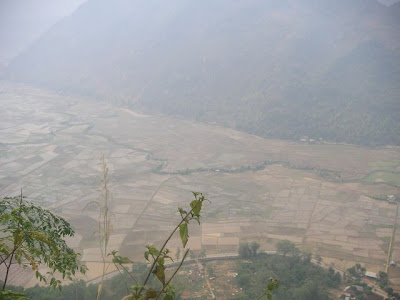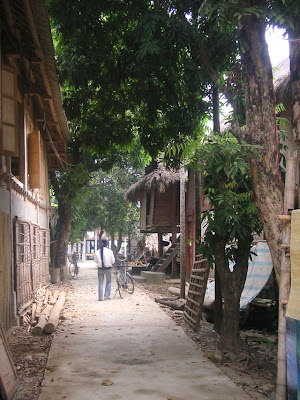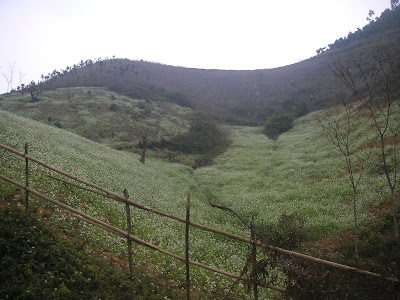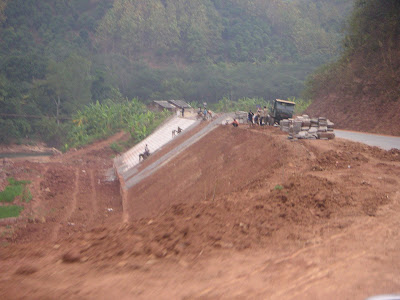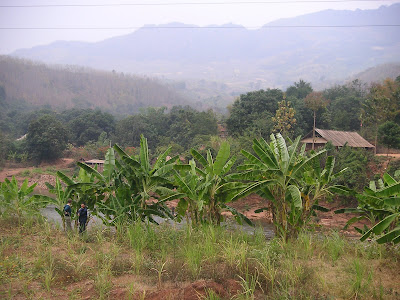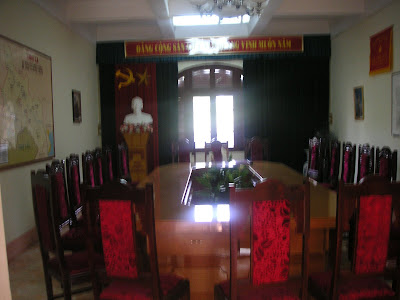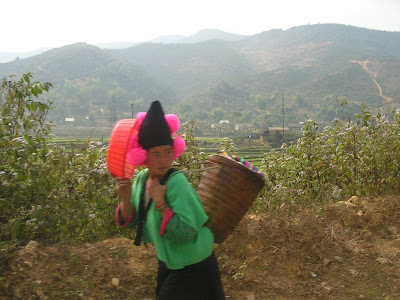Japan's denial of the atrocities they commited during WWII never secess to amaze me. The country still twists any mention of Japanese wrong doing during the war years, forever making itself out to be the victim and how the false news brings disgrace to the people who fought in the war.
The following is about an upcoming documentary concerning the "rape of Nanking."
The Japan Times
Thursday, Jan. 25, 2007
POLITICIANS, WRITERS BACK COUNTER TO CHANG'S 'RAPE'
Filmmaker to paint Nanjing slaughter as just myth
By JUN HONGO
Staff writer
About 40 people, including Diet members, university professors and critics, rallied Wednesday behind a Japanese director's plan to shoot a film putting his spin on the Nanjing Massacre in which he claims the butchery of Chinese by the Japanese Imperial Army is nothing more than political propaganda.
In a news conference held to "strike back against an erroneous understanding of history," people including Upper House members Hirofumi Ryu and Jin Matsubara gathered to support Satoru Mizushima, director and producer of "Nanking No Shinjitsu" ("The Truth About Nanjing"), which will depict the filmmaker's account of what took place in 1937.
Though not present at the news conference held at a hotel in Chiyoda Ward, Tokyo, supporters of the film also include Tokyo Gov. Shintaro Ishihara and well-known journalist Yoshiko Sakurai.
"Gov. Ishihara has shown his keen support and I am very thankful," said Mizushima, 57, who has taken part in the production of more than 300 films and documentaries, including the 1995 war epic "Minami No Shima Ni Yuki Ga Furu."
"I feel a huge responsibility to spread a correct understanding of history," the director reckoned.
Most historians see the ruling by the International Military Tribunal for the Far East as the commonly accepted version of events. It stated that more than 200,000 Chinese were victims in the Nanjing Massacre perpetrated by the Imperial army. However, the number of people killed and other facts about the incident have been debated for decades.
Mizushima's announcement follows the screening of "Nanking" earlier this month at the Sundance Film Festival in the U.S. The documentary received rave reviews for portraying the slaughter of Chinese by Japanese soldiers.
The movie features interviews with Nanjing residents as well as filmed stage readings by Hollywood actors Woody Harrelson and Mariel Hemingway, granddaughter of author Ernest Hemingway.
But Mizushima, who sees the release of "Nanking" as a "setup by China to control intelligence," claims that film is based on fabrications and gives a false impression that Japanese soldiers committed atrocities and were evil.
He said he feels obliged to counter that film by making his own, which he said will tell the world what really happened.
"The anti-Japan propaganda will spread all over the world and become an established fact. That would not only put shame on the Japanese people but also disgrace those who fought in the war, which is unacceptable," Mizushima said.
Upper House member Ryu of the Democratic Party of Japan agreed, claiming "many people show no concern regarding the issue, but correct history and the truth must be brought out."
Mizushima's film, scheduled to hit theaters in December in commemoration of the 70th anniversary of the fall of Nanjing to Japanese forces, will feature interviews, documentary footage and re-enactments by actors.
But the director vowed the movie won't be bigoted or spread anti-Chinese ideology.
"A part of history is being distorted. My goal will be to tell the facts as they are," he claimed.
Using documentaries to spread different interpretations of history has been a common occurrence, he said.
In 1998, a film featuring the life of wartime leader Gen. Hideki Tojo -- which critics said tried to glorify Japan's wartime role -- was released simultaneously with the Chinese-Hong Kong film "Don't Cry, Nanking," which portrayed the sufferings of a Chinese family in Nanjing during the 1930s.
When Iris Chang's controversial nonfiction book "The Rape of Nanking" was published in late 1997, conservative scholars held a news conference in Tokyo to point out historical inaccuracies they claimed it contained. Chang's book is expected to be released as a feature film in 2008.
 After 3 days in the 4x4, we made it to Sapa. By the end of the trip the road looked much like the picture above-- all misty and foggy. It was pretty scarey considering we were driving on a road up in the mountains not wide enough for two cars, in my opinion. So when cars going at super fast speeds came charging at us, forcing us to hug the edge- I was a bit worried. Somehow we reached Sapa in one piece, but the dark foggy streets made me feel like I had just arrived in Silent Hill and not the famous mountain city of northern Vietnam.
After 3 days in the 4x4, we made it to Sapa. By the end of the trip the road looked much like the picture above-- all misty and foggy. It was pretty scarey considering we were driving on a road up in the mountains not wide enough for two cars, in my opinion. So when cars going at super fast speeds came charging at us, forcing us to hug the edge- I was a bit worried. Somehow we reached Sapa in one piece, but the dark foggy streets made me feel like I had just arrived in Silent Hill and not the famous mountain city of northern Vietnam. 


















































